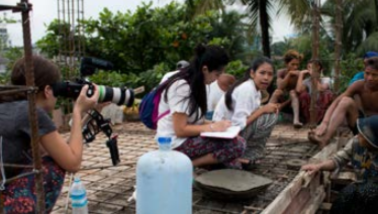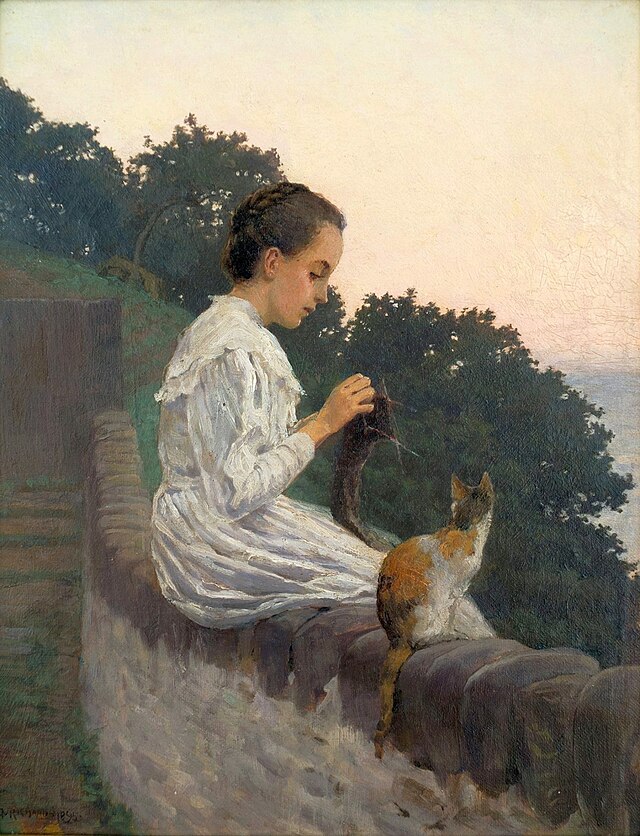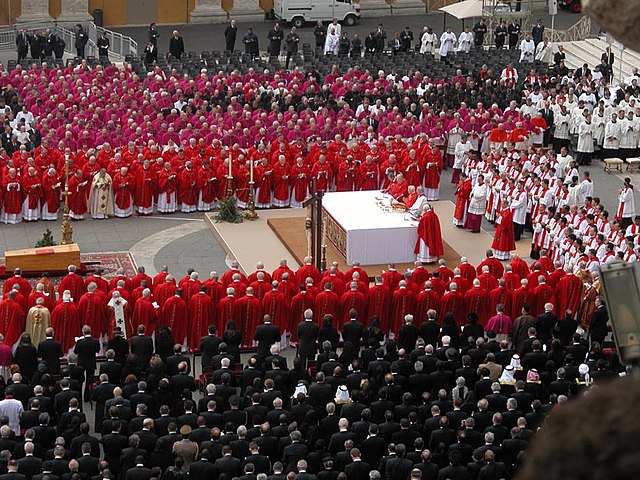Last Friday in Collins Cinema, Wellesley senior Jalena Keane- Lee premiered her documentary “The Construct,” about female construction workers in Myanmar. Keane-Lee served as both the director and an executive producer for the film through the production company Blue Peel Productions, which she co-founded with filmmaker Bets Wilkins. The two met while studying abroad in Prague.
“When we came back from abroad we realized that even though we had learned a lot of technical skills throughout our program, we hadn’t been able to apply them to the projects that really interested us. I did the Albright Institute wintersession program, which expanded my thinking to a global scale and taught me the importance of personal narratives in global decision making,” Keane-Lee said. “From there we decided to create an all-female production team and we tried to think of a name for ages but then we finally just landed on Blue Peel Productions and it stuck!”
“The Construct” was a co-production with the Burmese company Tagu Films, who set them up with some of their filming locations and the film’s narrator, Cheery Zahao. Keane-Lee and Wilkins did a lot of research in advance, but found that several of the most important elements of their documentary came together rather serendipitously. “We met the village in Dala that we focus on in a very by-chance way. Our translator, Kyawt, who is amazing and also a college student, connected us with the village through her Dad who used to be a construction site manager. Her dad knew someone who knew someone basically and that’s how we found our main characters,” Keane-Lee explained.
Ultimately, she said that this unpredictability is one of her favorite elements of the process: “You can research and prepare for years but ultimately once you get to your location everything can change in an instant. I love that about documentary film.”
When it came to the making of “The Construct,” Keane-Lee did not know what to expect. It was her first documentary as either a director or producer. She also had never been to Myanmar before.
“I think I mostly expected to just roll with whatever happened, but since Myanmar just recently opened to tourists [in 2011] there were a few security concerns. We didn’t know how strict entering the country would be but luckily everything worked out.” According to her, the language barrier proved to be the most difficult part. The best part, meanwhile, had to do with the beautiful landscapes and locations they worked with. Furthermore, she said that the experience of making “The Construct” has proven enlightening on multiple levels. “I got to witness firsthand the insane strength of women. From physical strength mixing and laying cement, to emotional strength taking care of the family and fighting for human rights,” she said. “I also learned that even though it is extremely hard to fundraise as a young woman, because people don’t take us seriously, being underestimated is a great advantage out in the field. We were able to shoot in so many locations just because no one expected we were doing anything more than taking pictures to send to our families—and this applies to Myanmar as well as the US.”
Now that “The Construct” is finished, distribution is the next big step. Keane- Lee and her collaborators are in the process of submitting the documentary to film festivals and weighing their distribution options. They hope to get online distribution through Netflix— they will get a meeting with a rep from the company if their online Seed & Spark campaign attracts 500 or more followers (they currently have 290).
In addition, Blue Peel Productions has a second project in the works—another documentary, though they intend to eventually work on narrative pieces as well. “Next, we plan on capturing the conflict at Mauna Kea, Hawaii’s largest volcano,” Keane-Lee said. “After protests from Indigenous Hawaiian leaders, an international astronomy consortium plans on building a $1.4 billion, thirty meter telescope on top of the volcano. The telescope would cover most of Mauna Kea’s peak and thus destroy sacred Native Hawaiian land. We plan on using a similar model as we did in Yangon, working with women and partnering with a local production company.”




